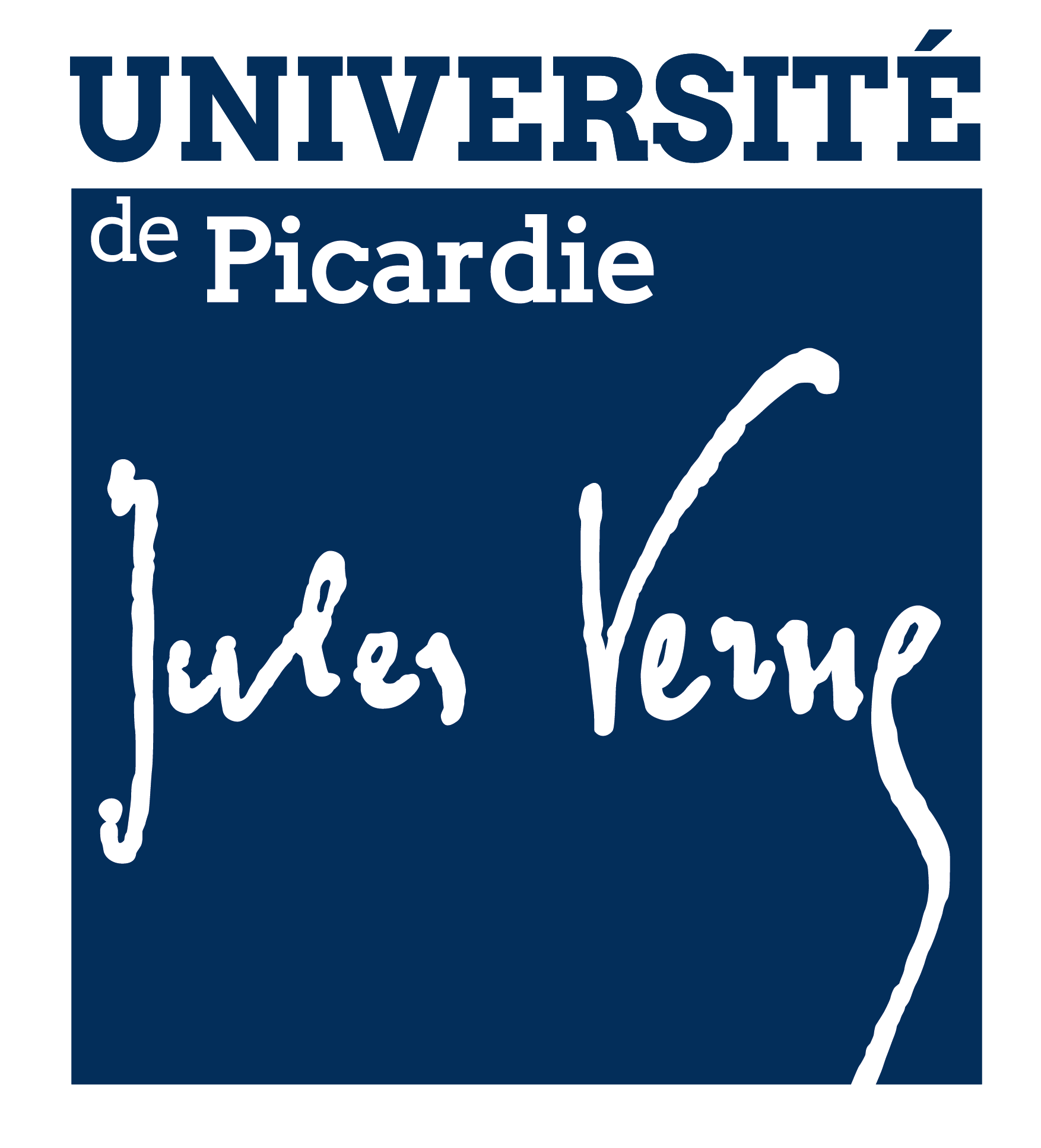Natural Disease Course of Ulcerative Colitis During the First Five Years of Follow-up in a European Population-based Inception Cohort-An Epi-IBD Study
Johan Burisch
(1)
,
Konstantinos H. Katsanos
(2)
,
Dimitrios K. Christodoulou
(2)
,
Luísa Barros
(3)
,
Fernando Magro
(3, 4)
,
Natalia Pedersen
,
Jens Kjeldsen
(5)
,
Zsuzsanna Végh
(6)
,
Peter L. Lakatos
(6, 7)
,
Carl Eriksson
(8)
,
Jonas Halfvarson
(8)
,
Mathurin Fumery
(9, 10)
,
Corinne Gower-Rousseau
(10, 11, 12)
,
Marko Brinar
(13, 14)
,
Silvija Cukovic-Cavka
(13, 14)
,
Inna Nikulina
(15)
,
Elena Belousova
(15)
,
Sally Myers
(16)
,
Shaji Sebastian
(16)
,
Gediminas Kiudelis
(17)
,
Limas Kupcinskas
(17)
,
Doron Schwartz
(18)
,
Selwyn Odes
(18)
,
Ioannis P. Kaimakliotis
,
Daniela Valpiani
(19)
,
Renata d'Inca
(20)
,
Riina Salupere
(21)
,
Stefania Chetcuti Zammit
(22)
,
Pierre Ellul
(22)
,
Dana Duricova
(23)
,
Martin Bortlik
(23, 24)
,
Adrian Goldis
(25)
,
Hendrika Adriana Linda Kievit
(26)
,
Alina Toca
(27)
,
Svetlana Turcan
(27)
,
Jongero Midjord
(28)
,
Kari Rubek Nielsen
(28)
,
Karina Winther Andersen
(29)
,
Vibeke Andersen
(29, 30, 31)
,
Ravi Misra
(32)
,
Naila Arebi
(32)
,
Pia Oksanen
(33, 34)
,
Pekka Collin
(33, 34)
,
Luisa De Castro
(35)
,
Vicent Hernandez
(35)
,
Ebbe Langholz
(1)
,
Pia Munkholm
(1)
1
UCPH -
University of Copenhagen = Københavns Universitet
2 University Hospital of Ioannina
3 Centro Hospitalar Universitário de São João [Porto]
4 Universidade do Porto = University of Porto
5 OUH - Odense University Hospital
6 Semmelweis University [Budapest]
7 MUHC - McGill University Health Center [Montreal]
8 Örebro University
9 CHU Amiens-Picardie
10 Registre EPIMAD
11 Service d'Epidémiologie et de Santé Publique [Lille]
12 INFINITE (Ex-Liric) - Institute for Translational Research in Inflammation - U 1286
13 University Hospital Centre Zagreb
14 University of Zagreb
15 MONICA - Moscow Regional Research Clinical Institute
16 Hull and East Yorkshire Eye Hospital
17 LSMU - Lithuanian University of health Sciences
18 BGU - Ben-Gurion University of the Negev
19 G.B. Morgagni-Pierantoni Hospital [Forlì, Italy]
20 Unipd - Università degli Studi di Padova = University of Padua
21 University of Tartu
22 Mater Dei Hospital [Malta]
23 ISCARE
24 UK - Univerzita Karlova [Praha, Česká republika] = Charles University [Prague, Czech Republic]
25 UMFT - Victor Babeş University of Medicine and Pharmacy
26 University research clinic [Herning, Denmark]
27 State University of Moldova
28 National Hospital of the Faroe Islands [Tórshavn, Faroe Islands]
29 Viborg Hospital
30 Regional Hospital West Jutland [Denmark]
31 SDU - University of Southern Denmark
32 St Mark's Hospital
33 Tampere University Hospital
34 University of Tampere [Finland]
35 Instituto de Investigación Sanitaria Galicia Sur [Vigo, Spain]
2 University Hospital of Ioannina
3 Centro Hospitalar Universitário de São João [Porto]
4 Universidade do Porto = University of Porto
5 OUH - Odense University Hospital
6 Semmelweis University [Budapest]
7 MUHC - McGill University Health Center [Montreal]
8 Örebro University
9 CHU Amiens-Picardie
10 Registre EPIMAD
11 Service d'Epidémiologie et de Santé Publique [Lille]
12 INFINITE (Ex-Liric) - Institute for Translational Research in Inflammation - U 1286
13 University Hospital Centre Zagreb
14 University of Zagreb
15 MONICA - Moscow Regional Research Clinical Institute
16 Hull and East Yorkshire Eye Hospital
17 LSMU - Lithuanian University of health Sciences
18 BGU - Ben-Gurion University of the Negev
19 G.B. Morgagni-Pierantoni Hospital [Forlì, Italy]
20 Unipd - Università degli Studi di Padova = University of Padua
21 University of Tartu
22 Mater Dei Hospital [Malta]
23 ISCARE
24 UK - Univerzita Karlova [Praha, Česká republika] = Charles University [Prague, Czech Republic]
25 UMFT - Victor Babeş University of Medicine and Pharmacy
26 University research clinic [Herning, Denmark]
27 State University of Moldova
28 National Hospital of the Faroe Islands [Tórshavn, Faroe Islands]
29 Viborg Hospital
30 Regional Hospital West Jutland [Denmark]
31 SDU - University of Southern Denmark
32 St Mark's Hospital
33 Tampere University Hospital
34 University of Tampere [Finland]
35 Instituto de Investigación Sanitaria Galicia Sur [Vigo, Spain]
Natalia Pedersen
- Fonction : Auteur
Mathurin Fumery
- Fonction : Auteur
- PersonId : 774088
- ORCID : 0000-0002-2337-2902
- IdRef : 170096289
Ioannis P. Kaimakliotis
- Fonction : Auteur
Pierre Ellul
- Fonction : Auteur
- PersonId : 801871
- ORCID : 0000-0003-1862-6952
Résumé
Background and Aims: Few population-based cohort studies have assessed the disease course of ulcerative colitis [UC] in the era of biological therapy and widespread use of immunomodulators. The aim of this study was to assess the 5-year outcome and disease course of patients with UC in the Epi-IBD cohort. Methods: In a prospective, population-based inception cohort of unselected patients with UC, patients were followed up from the time of their diagnosis, which included the collection of their clinical data, demographics, disease activity, medical therapy, and rates of surgery, cancers, and deaths. Associations between outcomes and multiple covariates were analysed by Cox regression analysis. Results: A total of 717 patients were included in the study. During follow-up, 43 [6%] patients underwent a colectomy and 163 [23%] patients were hospitalised. Of patients with limited colitis [distal to the left flexure], 90 [21%] progressed to extensive colitis. In addition, 92 [27%] patients with extensive colitis experienced a regression in disease extent, which was associated with a reduced risk of hospitalisation (hazard ratio [HR]: 0.5 95% CI: 0.3-0.8]. Overall, patients were treated similarly in both geographical regions; 80 [11%] patients needed biological therapy and 210 [29%] patients received immunomodulators. Treatment with immunomodulators was found to reduce the risk of hospitalisation [HR: 0.5 95% CI: 0.3-0.8]. Conclusions: Although patients in this population-based cohort were treated more aggressively with immunomodulators and biological therapy than in cohorts from the previous two decades, their disease outcomes, including colectomy rates, were no different. However, treatment with immunomodulators was found to reduce the risk of hospitalisation.
